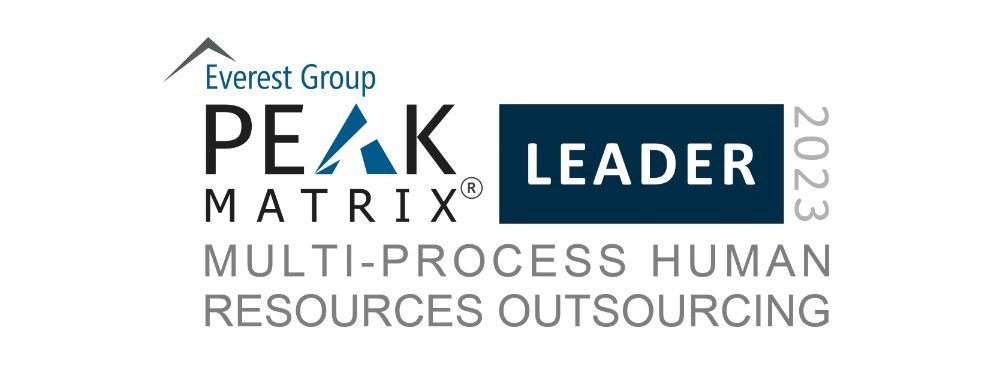
How to make the case to move your organisation to the cloud
A solid business case is needed to move your organisation to the cloud. Convincing your key stakeholders – those with the resources for a successful transformation – requires careful planning. In this article, we review the key steps to building a solid business case for your organisation’s move to the cloud.
In times of disruption and change, a business case needs to be robust enough to hold weight with equally important business concerns. In our recent Alight on episode, our panellists discussed the importance of companies continuing to push forward with their cloud transformation business cases to pre-emptively mitigate further organisational disruption and ensure that they are best prepared to react to rapid change in the future.
Share how the plan will address these issues
Begin your cloud business case with a short summary of the issues that your organisation currently faces and how your plan will address and correct these issues. This allows your stakeholders to go into the details of the plan with the bigger picture in mind.
Map out the current state
What are the current challenges that your organisation is facing with your HR, financial or payroll system?
How do these challenges have an impact on your organisation on a larger scale, both today and into the future?
What is needed to resolve these challenges and start your organisation’s journey to a platform that better fits your organisational needs?
Paint a picture of the future
Describe what your organisation could achieve by implementing your proposed cloud solution, including:
What future business risks could be mitigated by implementing now?
How does your new cloud platform assist in meeting company-wide business goals?
How does your new system positively impact the employee experience?
Will this new technology advance your organisation’s capabilities within your industry?
Propose your plan
In this section, give details about your cloud platform solution and explain what your proposed plan will require in terms of resources, cost and support.
What exactly is your cloud platform solution?
How does this product align with and promote your company's core values?
Can you provide any success stories from other organisations that have implemented this technology?
What is the proposed timeline from start to finish? Be sure to include specific deadlines to keep your project on track.
Are you proposing a complete transformation, or a phased transformation with multiple timelines?
How will you vet potential deployment partners?
Who should be involved, and when? Who will manage the entire project?
What resources do you already have, and what will you need to acquire, for success? Think in terms of personnel, technology and financial support.
Provide a cost analysis
Support your ROI claims with numbers to prove that making a change as big as moving to a new HRIS platform is worth the money invested.
What is the current cost of running your current operating system?
What is the opportunity cost for advancement and growth that are lost by staying with your current system?
Compare the costs of maintaining your current system with the cost of your proposed solutions over the next three to five years.
Provide figures on the total cost of ownership, including training and software licensing.
Other possible considerations
It’s important to show that you’ve done your research, so devote a section of your business case to explaining why you’ve already ruled out other alternative solutions. Why is this particular cloud technology the best fit for your company?
Show how you will mitigate project risk
Make sure that you address the risks for which you have already deliberated mitigation strategies. This will help solidify your business case by showing that you already have a plan in place should you encounter obstacles during your transformation, as well as providing a sense of transparency to your stakeholders.
If you are still unsure about whether your organisation has capacity to do this or that your business case is incomplete, contact one of our Alight experts. They can assist in gathering the insights needed to demonstrate the benefits of doing your cloud transformation now, to build a stronger organisation in the future.


